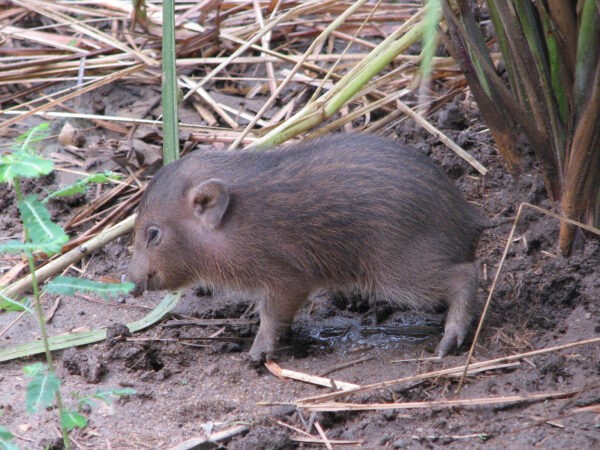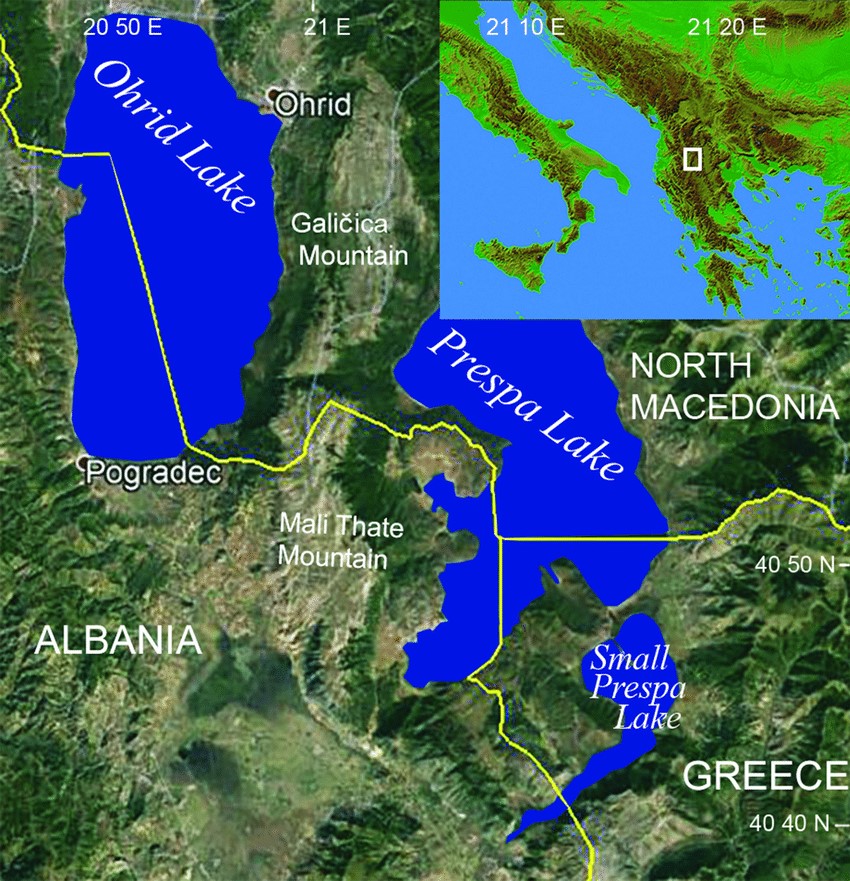The National Disability Network (NDN) has approached the Central government seeking inclusion of persons with disabilities without any income as well as age criteria in AB PM-JAY scheme
Reference
The Hindu | Disable persons seek inclusion in AB-PMJAY scheme
Captive breeding and conservation efforts since 1996 in Assam have provided pygmy hogs back to the wildlife.

References
PM launches Dharti Aaba Janjatiya Gram Utkarsh Abhiyan from Hazaribagh, Jharkhand recently on 2nd October 2024, birth anniversary of Mahatma Gandhi.
Jharkhand, the birthplace of Adivasi icon Birsa Munda has chosen to launch the scheme as Birsa Munda is revered as Dharti Aaba, Father of the Land.
References
The World Health Organization recently recommended vaccinating pregnant women and administering infants with an antibody to prevent severe respiratory synctial virus (RSV) infection in newborns.
According to the WHO, majority of RSV-related deaths occur in low- and middle-income countries, with about 101,400 annual deaths in children under the age of five.
References
Plants and reeds have sprouted up as the waters of Little Prespa Lake is slowly dying.

Reference